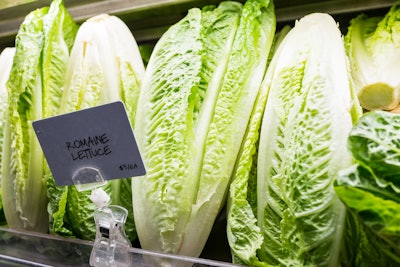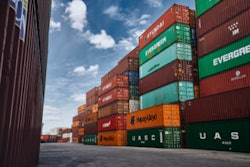
In 2021, the Food and Drug Administration released the Foodborne Outbreak Response Improvement Plan to better respond to the various foodborne outbreaks under its jurisdiction. Based on the priorities of its plan, the FDA's main effort continues to focus on tracking and tracing foodborne illnesses, as well as understanding their causes and effects. When combined, the stage is essentially set for the severe reduction — if not an entire elimination — of many foodborne pathogens.
The United States isn’t alone in its efforts. In fact, the FDA appears to be following the lead of the European Union. Though its health and environmental standards have been receiving some pushback as of late, the standards will create a need for mitigation or risk trade disputes, especially with the EU now considering the increased scrutiny of imported food and feedstuffs. We’re already seeing this in the imported vegetable seed markets. Others will likely follow suit.
Improving food safety through mitigation
Identification will always be the first step in the process. Both the United States Department of Agriculture and the FDA continue to focus on this area as the best pathway to the solution. While identification of any issue is important, preventive measures will ultimately be key. But these measures shouldn’t focus on a single step along the supply chain. Instead, the entire production and distribution process of a commodity requires further attention, as contamination isn’t exclusive to one point or another.
If you think about it, mishandling can occur at multiple points along the food production chain. A field, for example, could be sprayed with contaminated water. After harvesting, the same fruits or vegetables could find their way to a contaminated storage bin. If loaded into a truck once used to transport a non-foodstuff, improper cleaning of the trailer could expose the produce to all sorts of contaminants. Even then, there’s still the potential for contamination if a food worker fails to wash their hands.
In other words, the food industry should embrace the theory of “and,” not “or.” It isn’t enough to focus our attention on here or there. The mitigation and remediation process must include all the steps of production, processing, storage, manufacturing, and distribution to ensure we properly eliminate microbes and mycotoxins along the entire food-production chain. Otherwise, the issue will only worsen.
Aligning with the FDA’s new requirements
As it stands, the FDA’s Foodborne Outbreak Response Improvement Plan focuses its attention on four specific areas: tech-enabled product traceback; root cause investigations; stronger analysis and dissemination of outbreak data; and operational improvements. How you go about implementing any one of these components will vary by organization and the specific point along the food production chain, but the following are often the best places to start:
1. Prioritize early mitigation. Contamination can occur anywhere along the food production chain. However, digitization offers all participants an opportunity to detect contamination as early as possible and disseminate the information throughout the chain. This not only streamlines the traceback process, but also offers an effective means for identifying those areas most in need of improvement within the food safety system, making it easier for food producers to come together to develop and institute mitigation strategies.
2. Test continually. Testing isn’t just the responsibility of production. Parties involved with processing, distribution and preparation must also test a commodity once it’s in their care and treat it if necessary. Proper testing, first and foremost, protects the investment of all entities within that food production chain. It also supports the traceback process, making it easier to identify the root cause of the contamination. Should contamination occur within a specific point regularly, improvements to that particular operation can minimize quality and safety issues and limit potential downtime to the food production chain.
3. Leverage technology. Even the most carefully managed operations can be prone to contamination. Storage is especially problematic in the food production chain. It’s for this reason that many operations are now turning to technology. Some employ lasers or controlled gusts of air to exterminate contaminants, while others are using gravity-sorting machines to separate seeds, as infected kernels are generally lighter. Advanced technology solutions are available for all points within the food production chain to reduce the presence of mycotoxins in food and feedstuffs.
No matter where the contamination originates, the impact is felt throughout the entire food production chain. It’s important for all members to participate in the effort. Not that this will be a small feat, as one slip-up can have serious implications. But connecting all parties, testing commodities as they pass through the doors and making sure everything is traceable can all move the food safety system in the right direction.


















